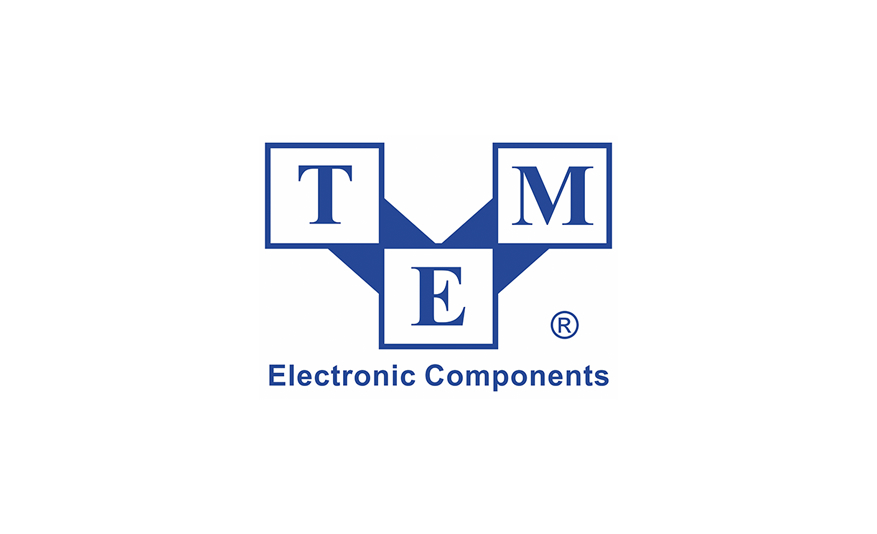The manufacturing landscape is undergoing a transformative shift toward smart factories, where interconnected systems and advanced technologies drive unprecedented levels of efficiency, productivity and innovation. At the heart of this transformation lies the need for continuity between industrial communication platforms. To make smart factories a reality, companies must collaborate to develop technologies and support services that create robust networks capable of carrying both control and general data traffic. This seamless integration is essential for harnessing the full potential of emerging technologies such as artificial intelligence (AI), big data analytics, cloud computing, edge computing and augmented reality.

The convergence of IT and OT: A new communication paradigm
One of the significant challenges in achieving this integration is the fundamental difference between Information Technology (IT) and Operational Technology (OT) systems. IT systems typically operate on timescales of minutes, days and weeks, focusing on data processing, storage and business applications. In contrast, OT systems function in milliseconds and nanoseconds, controlling physical devices and processes in real-time. This disparity creates a communication gap that traditional networks struggle to bridge without becoming overloaded or introducing unacceptable latency.
To address this, a new way of communication is necessary—one that can handle the high-speed, deterministic requirements of OT while accommodating the data-intensive needs of IT. Ethernet with Time-Sensitive Networking (TSN) emerges as a critical technology in this context. TSN enhances standard Ethernet by introducing features that guarantee the timely and reliable delivery of data, making it suitable for real-time industrial applications.
Harnessing emerging technologies for smart manufacturing
Integrating IT and OT systems is essential for leveraging technologies that make smart manufacturing possible for manufacturers of all sizes. AI and big data analytics rely on vast amounts of data collected from various sources within the manufacturing environment. Cloud and edge computing provide the computational power and storage necessary to process this data efficiently. Virtual and augmented reality technologies offer new ways to visualize and interact with manufacturing processes, enhancing training, maintenance and design activities.
By creating networks that can handle both IT and OT demands, manufacturers can implement predictive maintenance strategies, optimize production schedules and improve quality control. These advancements lead to increased operational efficiency, reduced downtime and the ability to respond swiftly to market changes.
The advent of open, deterministic industrial ethernet with TSN
Today, the industrial sector benefits from the first open, deterministic industrial Ethernet that combines gigabit bandwidth with TSN. This technology represents a significant leap forward in industrial communication, providing a unified network infrastructure that meets the stringent requirements of both IT and OT systems.
Gigabit-bandwidth TSN technology improves visibility into manufacturing operations by enabling real-time data aggregation and analysis. High-speed data transfer ensures that information from sensors, controllers and other devices is available instantly for decision-making processes. This immediacy is crucial for applications like real-time monitoring, where delays can lead to inefficiencies or safety risks.
Moreover, the convergence of business processes, insights and controls into a single environment reduces development and support costs. Manufacturers no longer need to maintain separate networks for different functions, simplifying the infrastructure and reducing complexity. This unification also enhances scalability, allowing companies to expand their operations without significant overhauls to their communication systems.
The role of IIoT in data optimization
The collection, visualization and analysis of data are central to optimizing smart manufacturing technology. Achieving this optimization requires shifting to a more fully connected factory composed of devices in the Industrial Internet of Things (IIoT) and systems capable of constantly conveying machine and process data.
This continuous data flow supports real-time decision-making and response, leading to enhanced productivity and better decision-making.
IIoT devices equipped with sensors collect vast amounts of data on machine performance, environmental conditions and production metrics. When integrated into a network with gigabit bandwidth and TSN capabilities, this data can be transmitted and processed with minimal latency. Advanced analytics tools can then interpret the data to identify patterns, predict equipment failures and suggest process improvements.
Collaboration and standardization: Keys to successful integration
For the smart factory vision to materialize, companies must work in concert to develop compatible technologies and support services. Collaboration ensures that different systems and devices can communicate effectively, regardless of the manufacturer. Standardization plays a crucial role in this process, providing common protocols and interfaces that facilitate interoperability.
Organizations like the CC-Link Partner Association (CLPA) are instrumental in promoting such standards. By offering directories of companies and products compatible with open industrial Ethernet and TSN technologies, they enable manufacturers to build integrated systems with confidence. This collective effort reduces barriers to adoption and accelerates the development of smart manufacturing solutions.
Overcoming challenges in network integration
Implementing a unified network that supports both IT and OT functions is not without challenges. Security is a paramount concern, as increased connectivity can expose systems to cyber threats. Manufacturers must adopt robust security measures, including encryption, authentication and regular vulnerability assessments, to protect their networks.
Another challenge is managing the sheer volume of data generated by IIoT devices. Edge computing emerges as a solution by processing data closer to the source, reducing the burden on central systems and minimizing latency. By filtering and analyzing data at the edge, only relevant information is transmitted to central systems or the cloud, optimizing bandwidth usage.
The impact on small and medium-sized manufacturers
While large manufacturers often lead the way in adopting new technologies, the advancements in industrial communication platforms also benefit small and medium-sized enterprises (SMEs). The scalability and reduced costs associated with unified networks lower the barriers to entry for SMEs, allowing them to implement smart manufacturing practices.
By embracing technologies like gigabit bandwidth TSN, SMEs can enhance their competitiveness through improved efficiency and agility. Access to real-time data enables these companies to make informed decisions quickly, adapt to market demands and optimize their operations without significant capital investment.
Outlook: A connected manufacturing ecosystem
The integration of IT and OT systems through advanced communication networks lays the foundation for a fully connected manufacturing ecosystem. In this environment, machines, systems and humans collaborate seamlessly, driven by data and intelligent automation. The smart factory becomes a dynamic entity capable of self-optimization, learning and adaptation.
Emerging technologies such as AI and machine learning will further enhance this ecosystem. Predictive analytics will become more accurate, maintenance will become increasingly proactive, and production processes will become more efficient. Augmented reality will provide immersive interfaces for operators and engineers, enhancing training and troubleshooting capabilities.
Conclusion: Embracing the future of manufacturing
The journey toward smart factories is a collective endeavor that requires continuity between industrial communication platforms. By collaborating to develop technologies and support services that unify IT and OT systems, companies can create robust networks capable of handling both control and general data traffic.
Ethernet with TSN stands at the forefront of this transformation, offering the high-speed, deterministic communication necessary for real-time operations.
The convergence of IT and OT unlocks the potential of advanced technologies, enabling manufacturers to harness AI, big data analytics, cloud computing and more. This integration leads to enhanced productivity, better decision-making and a more agile response to market demands.
As manufacturers shift toward fully connected factories composed of IIoT devices and intelligent systems, the collection, visualization and analysis of data become central to optimizing operations. Real-time decision-making and responsiveness are no longer aspirational but essential components of modern manufacturing.
Embracing these advancements ensures that manufacturers of all sizes can participate in the next industrial revolution. By investing in unified communication platforms and fostering collaboration across the industry, the vision of smart factories becomes not just possible but inevitable—a future where technology and human ingenuity drive continuous improvement and innovation.


















































